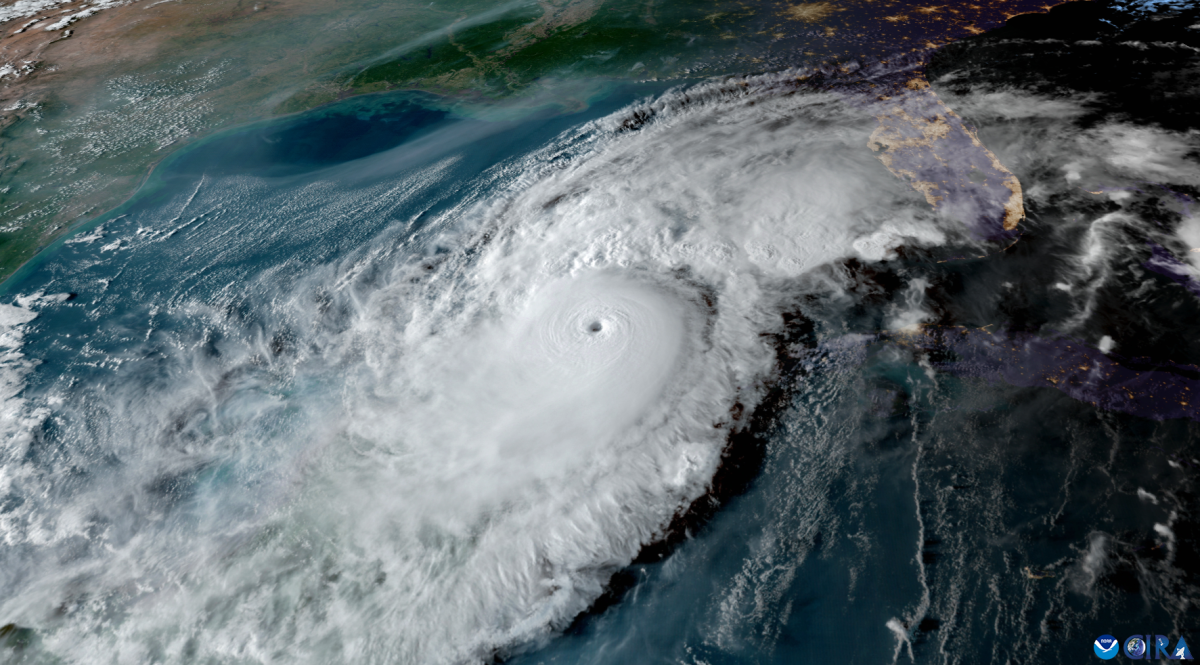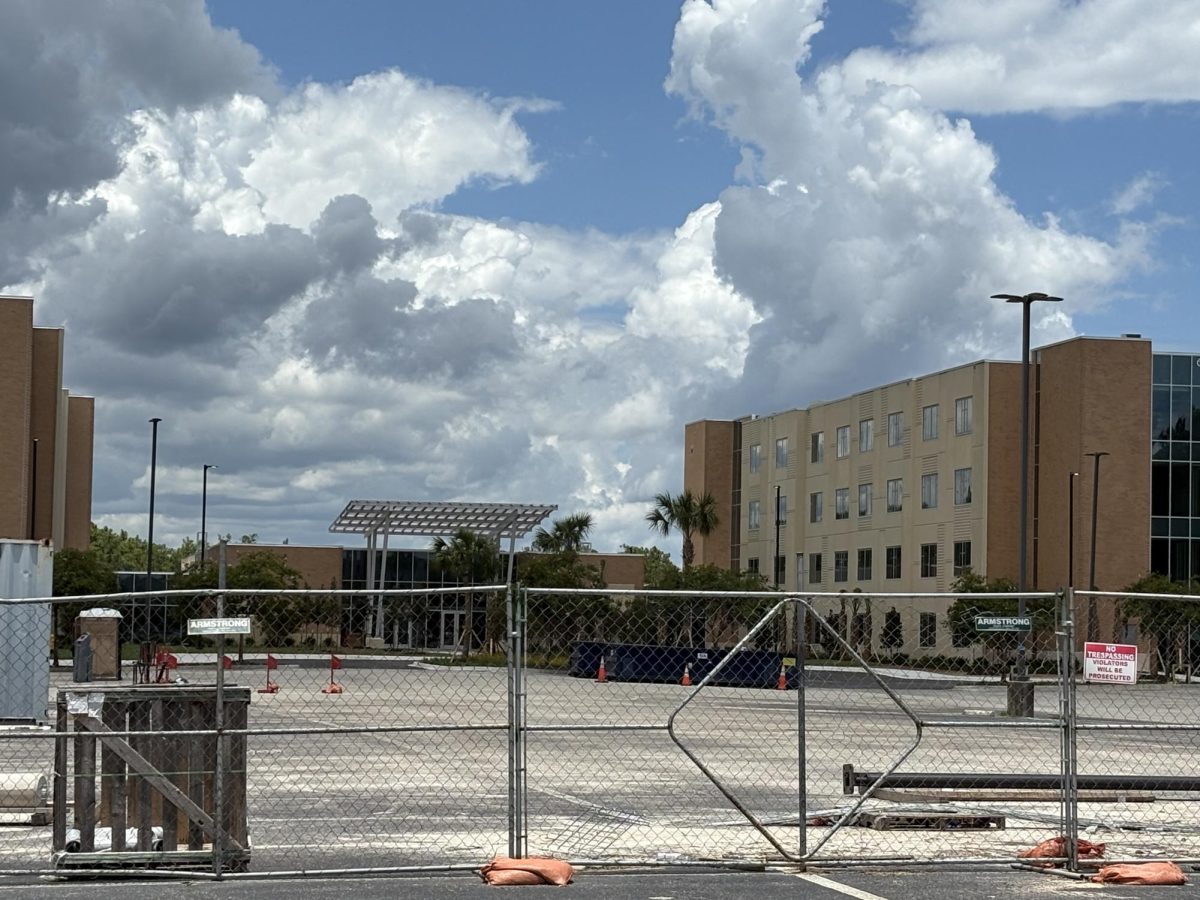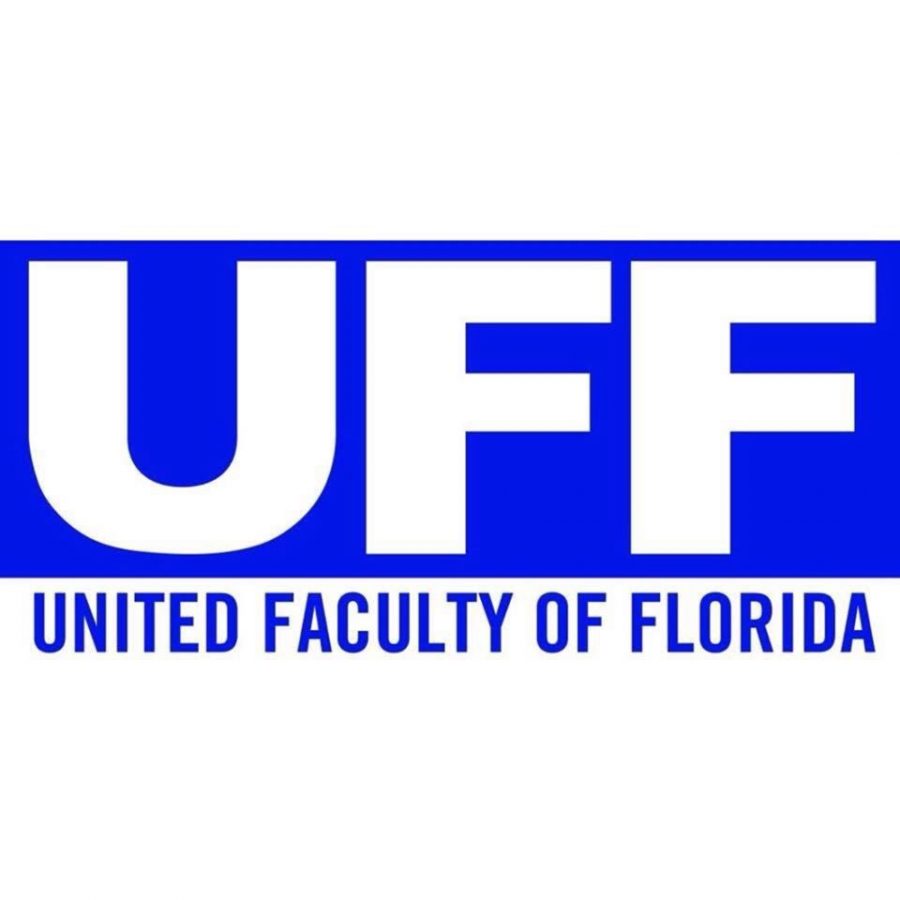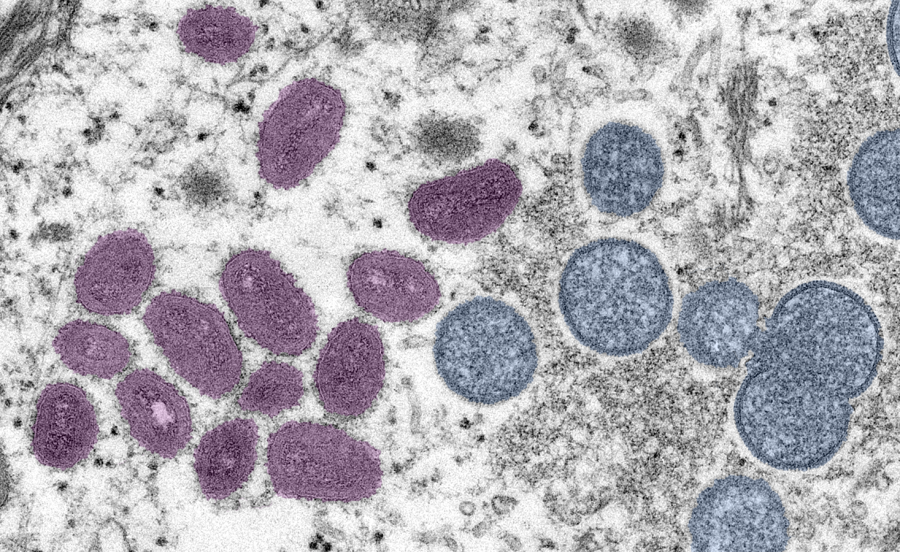Hydrogen fuel cell buses and sustainable rain gauges are part of the College of Engineering’s plan to save the environment, one homework assignment at a time.
Before engineers graduate from UNF, they must complete a project in two senior capstone courses,
designed to give them real-world experience and create well-prepared engineers.
At the heart of most projects is alternative energy, such as hydrogen fuel cells, which operate like an open battery and are constantly recharging.
“Clean energy is the technology of the future,” said Rob Cooper, a senior mechanical engineering major.
A team of engineers is working on an alternative-energy bus, which uses hydrogen fuel cells to operate, Cooper said.
UNF considered this form of alternative fuel to run the Osprey Connector. However, alternative energy shuttles are not economically viable at this point.
The engineers didn’t have the resources to provide fuel for all of the shuttles, said Melinda Gallup, the contract administrator for the UNF shuttle system.
Fondly referred to as “the Swooper” by some students because of its motto to swoop you up, the Osprey Connector currently runs on low-sulfur diesel. Regular diesel releases around 1,000 parts -per-million of sulfur into the air, Cooper said. Low-sulfur diesel discharges only 15 parts-per- million of sulfur into the air.
Improving other areas of UNF is Steve Byars, senior civil engineering major, who is currently working on the Storm Water Assessment Project (SWAP).
The project’s objective is to create a hydrology model and to research sustainability.
To illuminate the hydrology model for someone who knows little of engineering, Byars explained it like making a good margarita, you have to do it slowly or you will mess it up.
The parts of the model are the hydrology, which is the circulation of water in the environment and the hydraulics, which is the basic pipe system.
Part of SWAP involves setting up rain gauges around UNF’s inner circle.
Currently, there are five self-sustained rain gauges set up around UNF that are powered by the sun and are constantly transmitting information to a dedicated computer. This allows for real-time monitoring of water quality and quantity, according to Byars.
“The campus is like a living laboratory,” said Dr. Stephan Nix, director of the school of engineering. “It’ll help us understand what is going on on-campus, and serves as a nice, real, outside laboratory.”
The engineering college can offer highly accurate official rain data to the city because of the amount of rain gauges per square mile at UNF.
Combining JEA and two other sources, there is one rain gauge every 25 square miles, said Byars.
At UNF, there is one rain gauge every 0.2 square miles.
Hybrid buses
• Improve gas milage by an average of 40 percent.
• Cuts down pollutants emitted by nearly 70 percent.
• Cost on averge $200,000 more than diesel bus.
• More than 22 percent of all buses recently ordered in the U.S. were hybrid.
E-mail Beth Coulter at news@unfspinnaker.com.











